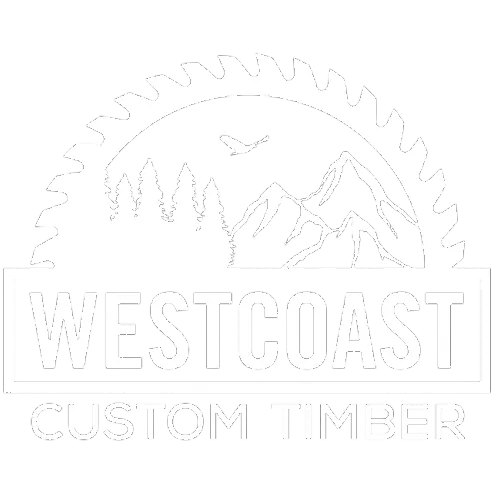Milling Methods
Facts about different methods about cutting wood
Get insights about different cuts of wood
Plain sawn wood
Plain sawn wood is the most readily available type of wood to purchase. Milling this kind of material is faster as each log is sliced through the center. There is also very minimal waste involved. When you combine a larger yield of lumber with faster milling times, you also end up with a more affordable piece of lumber.
Plain sawn wood material does have some structural drawbacks. Due to the tangential grain, there is a higher chance of cupping and twisting with plain sawn lumber.
Quarter sawn wood
Quarter sawn wood is more dimensionally stable than plain sawn lumber. More physical labor and time are required to make a piece of lumber, or flooring plank quarter sawn. By cutting a log into four quarters, then plain sawing each quarter, you end up with lumber that naturally resists cupping. This results in a material that has a more unique, linear grain pattern.
Keep in mind, the increased labor and benefits bring a higher cost per board foot. Quarter sawing produces more waste than typical plain sawn lumber.
Rift sawn wood
Rift sawn wood is used for applications that require straight lined grain through and through. For instance, tables, chairs and other furniture legs benefit greatly from having all exposed sides with the same linear appearance. Rift sawn lumber milling is more labor intensive than both plain and quarter sawn lumber. Which produces more waste per log.
Rift sawn lumber is more expensive than quarter sawn wood due to the amount of labor involved in cutting each individual plank as well as the wasted wood.
Log Scaling
Many times customers will call to discuss having a log milled and how much it will cost. The answer is often based on how many board feet (12″ x 12″ x1″) will be produced. So, the first thing we ask is, “How big is the log?” Usually the answer is, “Well, I can’t get my arms around it.” And, while this may be helpful, there is a more accurate way to determine the size of a log and how many board feet will be produced.
There are three common scales or rules used in the industry (Doyle, Scribner, and International), but the Doyle scale is the most commonly used around the Vancouver Island Area. All three of the scales estimate logs closely in the medium to larger size range, but the Doyle underestimates footage on the smaller logs. Because of this, it is advantageous for buyers of logs to use the Doyle scale to make up for extra log handling on small logs. Since the buyers like this scale, it is what they use and therefore, what the sellers use.
Doyle folding log rule used by most log buyers on west coast. All buyers have a Doyle scale on them at all times, usually in the form of a folding rule with the footage marked at each inch. The version above has more increments on it, but it is basically the same and is used in conjunction with a tape measure. I always have a tape measure on me, so I usually use the printed version (they are also cheaper).
The formula for the scale is based on a tapered cylinder, milled with a 1/4″ kerf. Straight logs, with little taper and being cut on a thin kerf band saw will yield more lumber than the scale predicts. It usually averages out, because logs are usually not so perfect, and often have boards that are below-grade and end up in the firewood pile.
To use the scale, first measure the average diameter of the small end of the log inside the bark (in inches). Locate that row on the scale. Next, measure the length of the log (in feet). Move over on the scale to that length column. Where those two measurements intersect, you will find the board footage for that log. The process must be repeated for each log. Deductions are made for defects, like rot and curved logs.
Since sawmills usually charge by the board foot, this scale will help you determine the amount of lumber you will have and what you can expect your bill to be. Make sure to accurately measure your log and not just guess the diameter. The logs seem bigger than the actual measurement.
